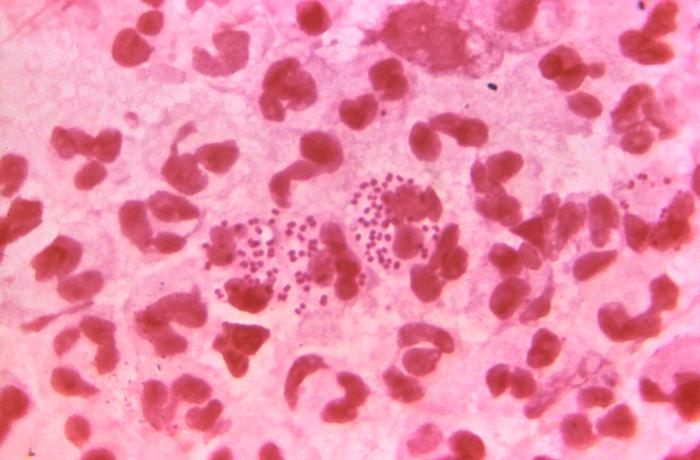Cases of three sexually transmitted diseases (STD), chlamydia, gonorrhea and syphilis, continue to rise in San Diego County, according to health officials. In fact, increases have been reported for the third consecutive year in 2017 and were at the highest level in the last two decades.

Cases of infectious syphilis increased by 15.2 percent, from 981 cases in 2016 to 1,130 cases in 2017, according to newly published data.
Last year, the overall rate of early syphilis was 34.1 cases per 100,000 persons, a 14.4 percent increase from 2016. The rate among men was 22.4 times the rate among women, and 85.5 percent of cases were in gay and bisexual men. The highest rates were observed among men aged 25 to 34 years and men of color. Rates among black/African-American and Hispanic/Latino men were 92.1 and 82.8 cases per 100,000 people respectively, compared to a rate among white men of 53.0 cases per 100,000 persons.
Chlamydia cases also increased by 10 percent—from 18,904 cases in 2016 to 20,801 cases in 2017. The overall rate of chlamydia was 628.5 cases per 100,000 people, a 9.3 percent increase from 2016. Chlamydia continues to be the most common reportable STD at the local, state and national levels. The rate of chlamydia among women was 1.6 times the rate among men, and the highest rates were reported among women between 20 and 24 years of age.
Cases of gonorrhea increased by 19.1 percent, from 4,992 cases in 2016 to 5,947 cases in 2017. The overall rate of gonorrhea was 179.7 cases per 100,000 people last year, an 18.4 percent increase from 2016. The rate among men was 2.7 times the rate among women and is also increasing at a faster rate. Between 2015 and 2017, the rate of gonorrhea among men increased by 57.6 percent.
“The number of STDs increased in the state and the nation last year, and San Diego was no exception,” said Wilma Wooten, M.D., M.P.H., County public health officer. “Sexually active people should take precautionary measures to avoid getting infected and get tested on a regular basis since many STDs don’t show any symptoms and may go unnoticed until complications develop.”
Concerning congenital syphilis, alarming increases in the number of cases have been reported nationwide and in California. Although San Diego County has not seen the increases in congenital syphilis cases observed in other parts of California, and most syphilis cases are reported in men, cases of syphilis in women are being closely monitored by public health officials.
Congenital syphilis more than double since 2013 in the US
“Congenital syphilis is completely preventable if the mother is diagnosed and appropriately treated for syphilis in a timely manner,” said M. Winston Tilghman, M.D, public health medical officer and STD controller for the County. “All pregnant women should be tested for syphilis during the first prenatal care visit and, if at risk for getting syphilis during pregnancy, would benefit from repeat testing during the third trimester and again at delivery.”
- Los Angeles County: 1st human Saint Louis encephalitis case reported in 20 years
- Syracuse student diagnosed with bacterial meningitis
- China: H5N6 avian influenza case reported in Guangdong
- North Carolina: Ehrlichia often overlooked when tick-borne illness suspected
- Madagascar plague: Bubonic and pneumonic cases confirmed
- Zimbabwe says cholera outbreak under control
- Outbreak of rare gut infection kills 9 babies in South African hospital
- Polio update: Nigeria, Niger and Papua New Guinea
- Potential Naegleria fowleri exposure linked to Waco water park


